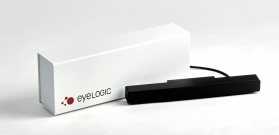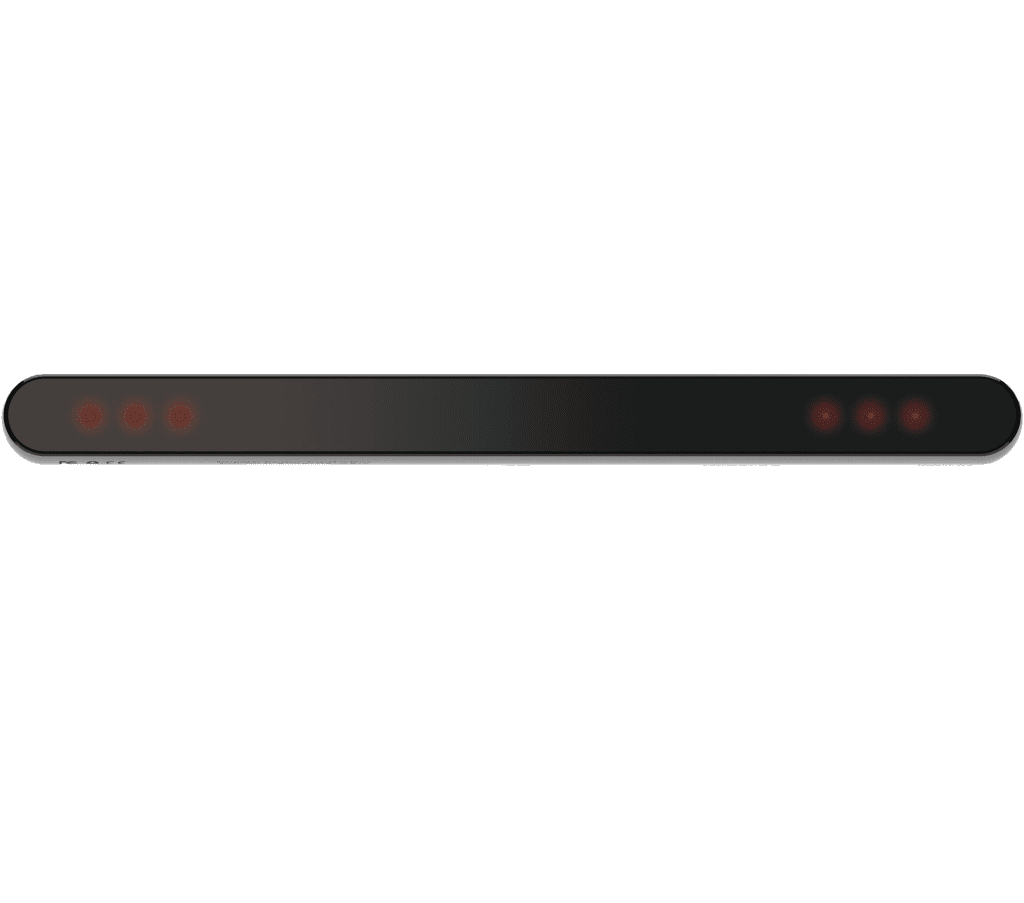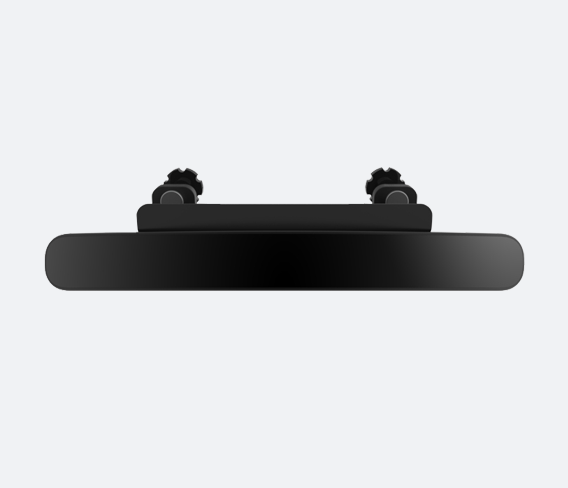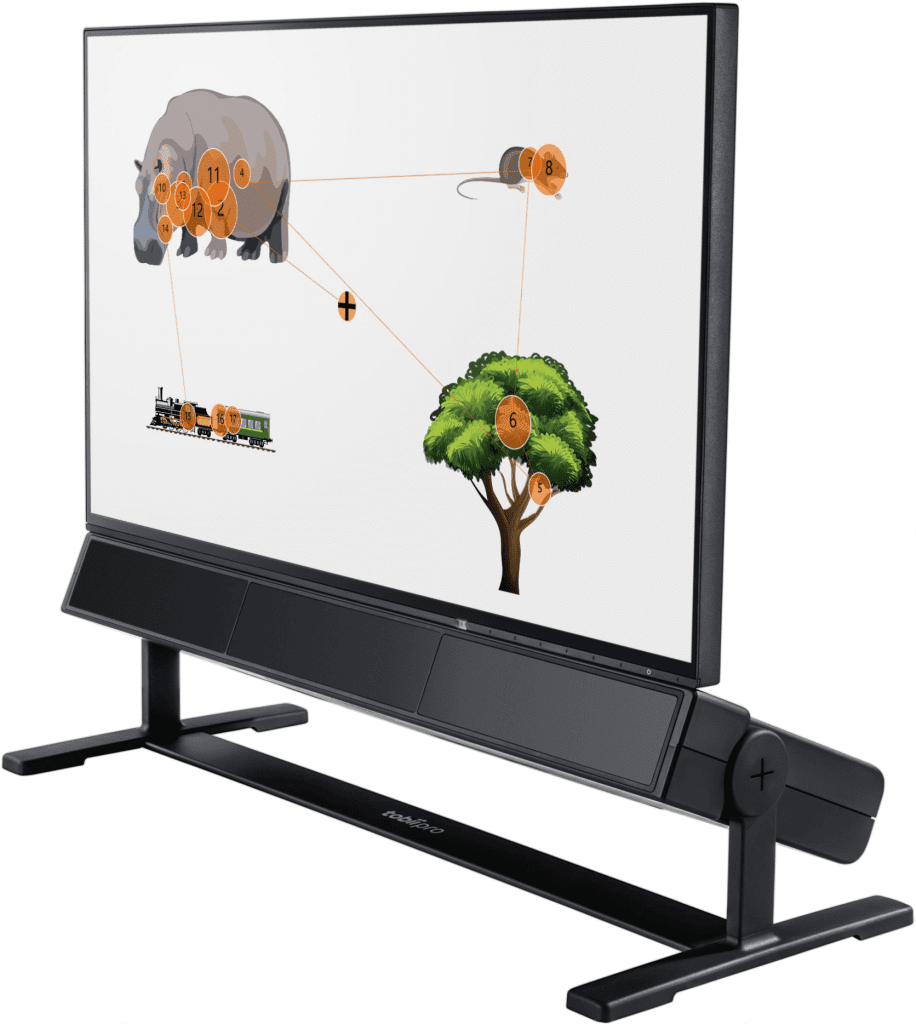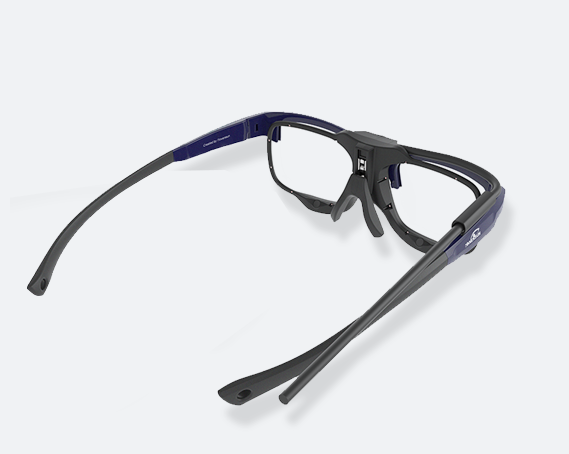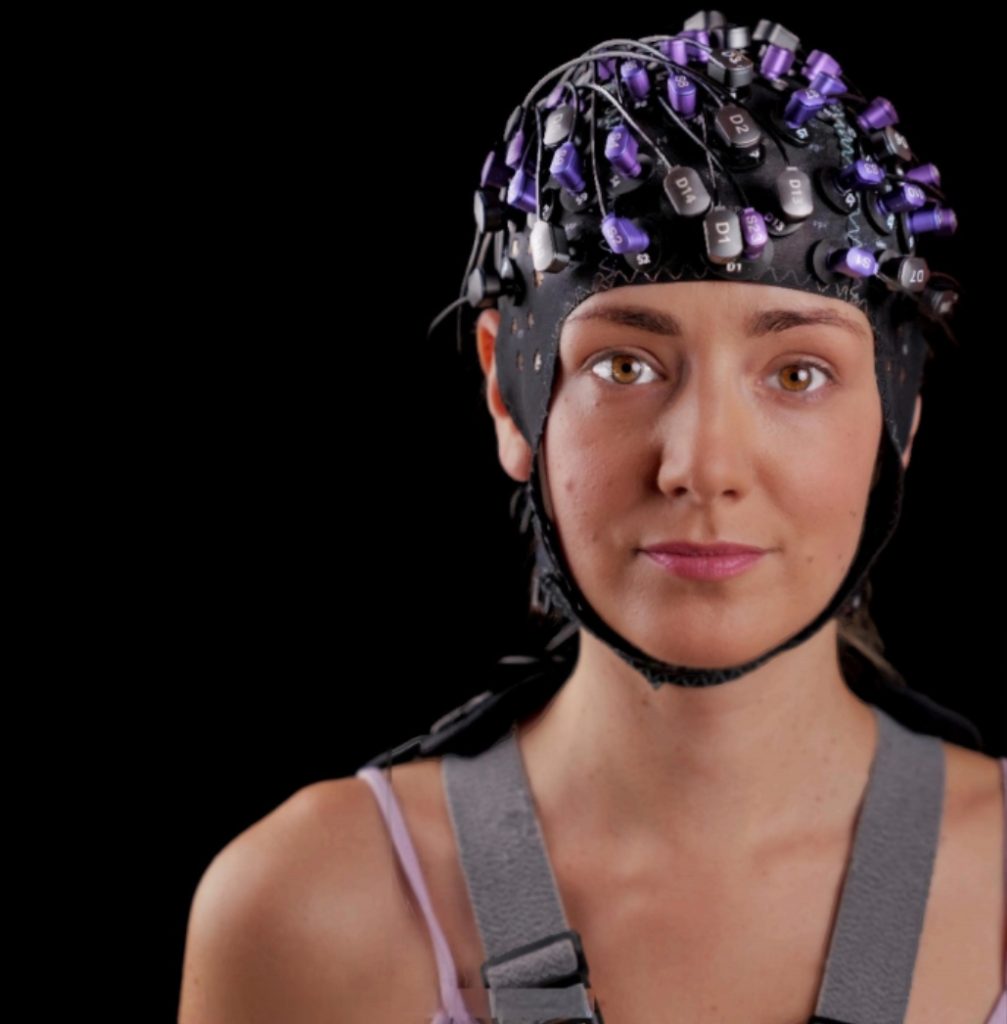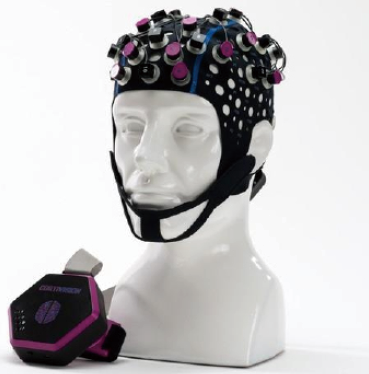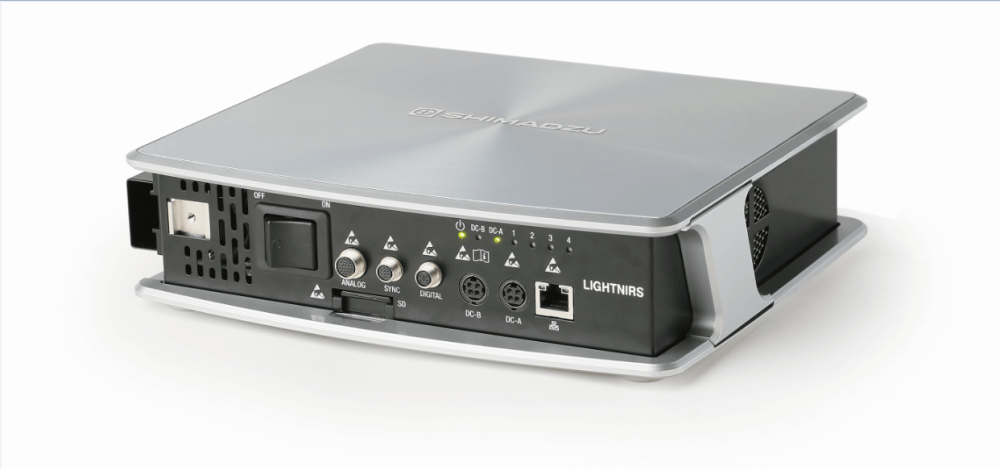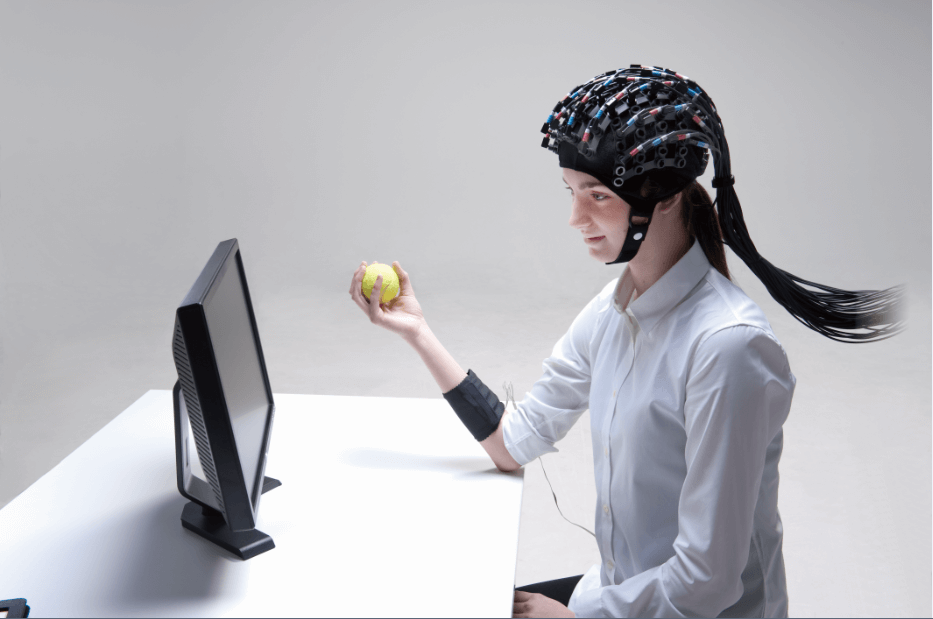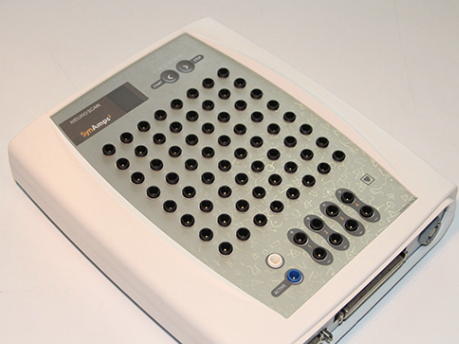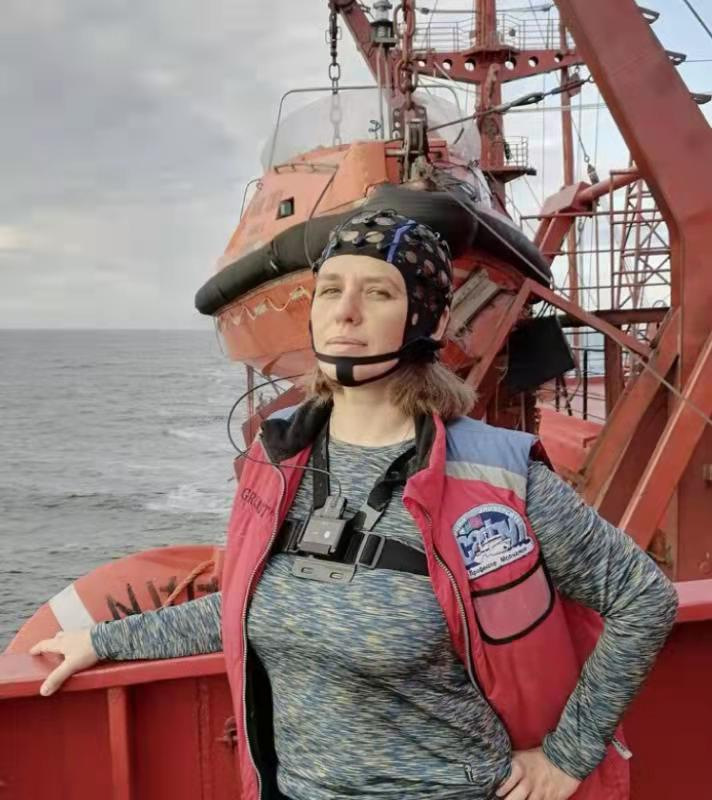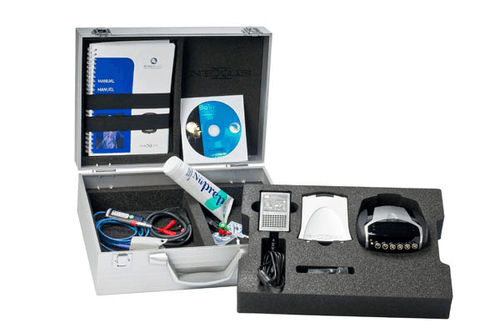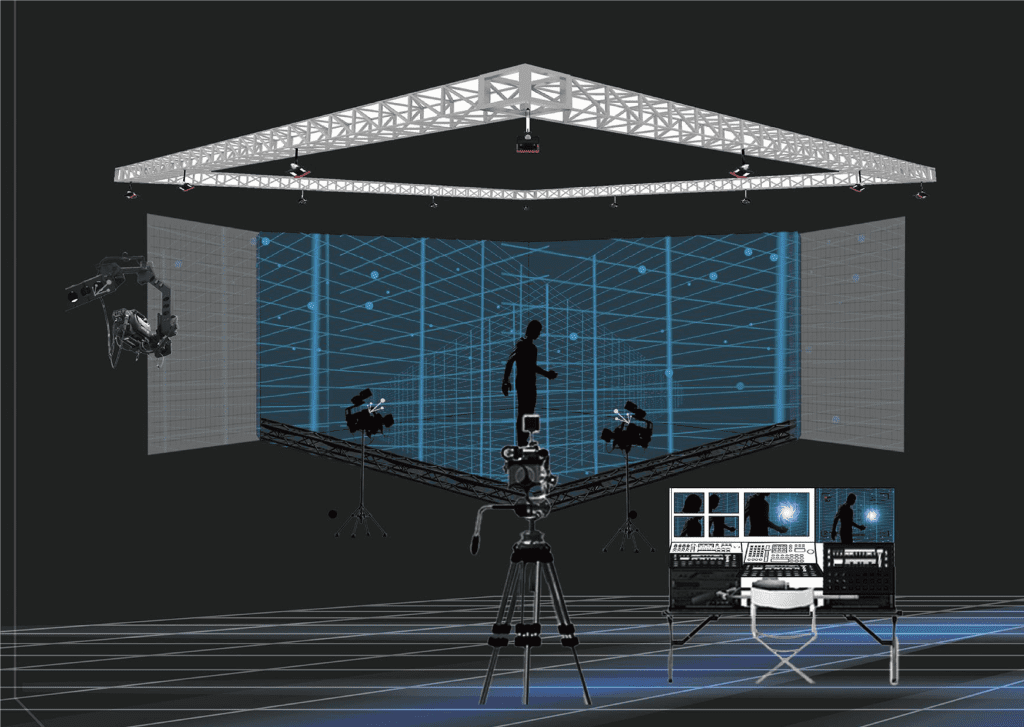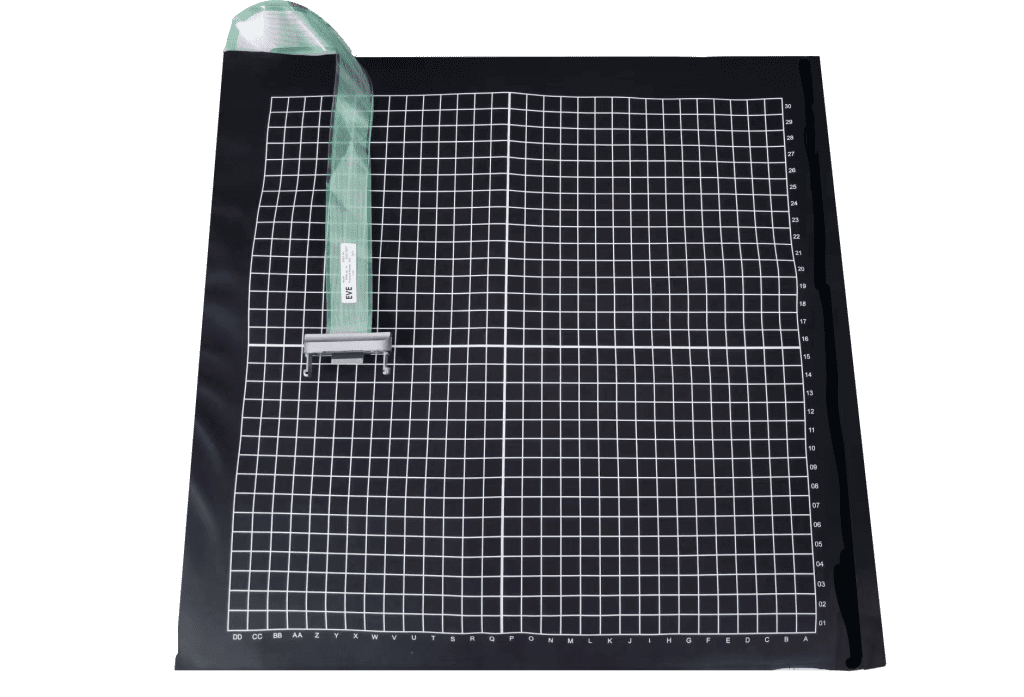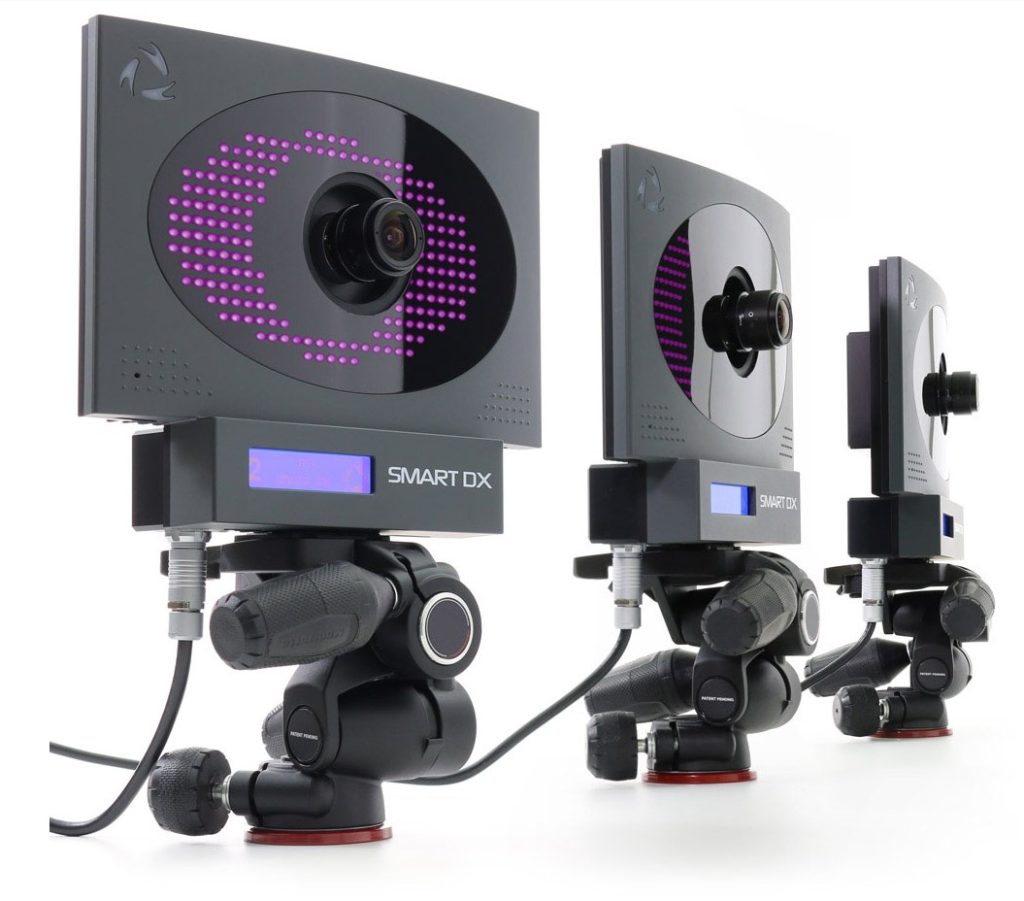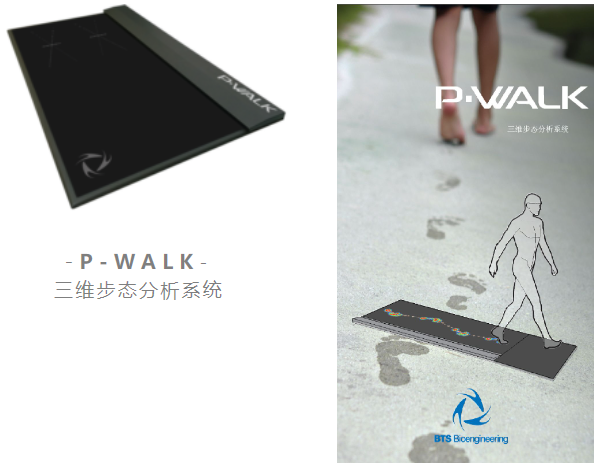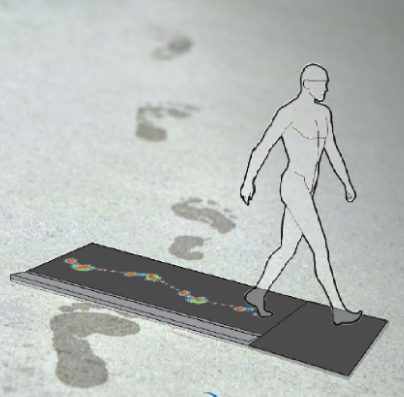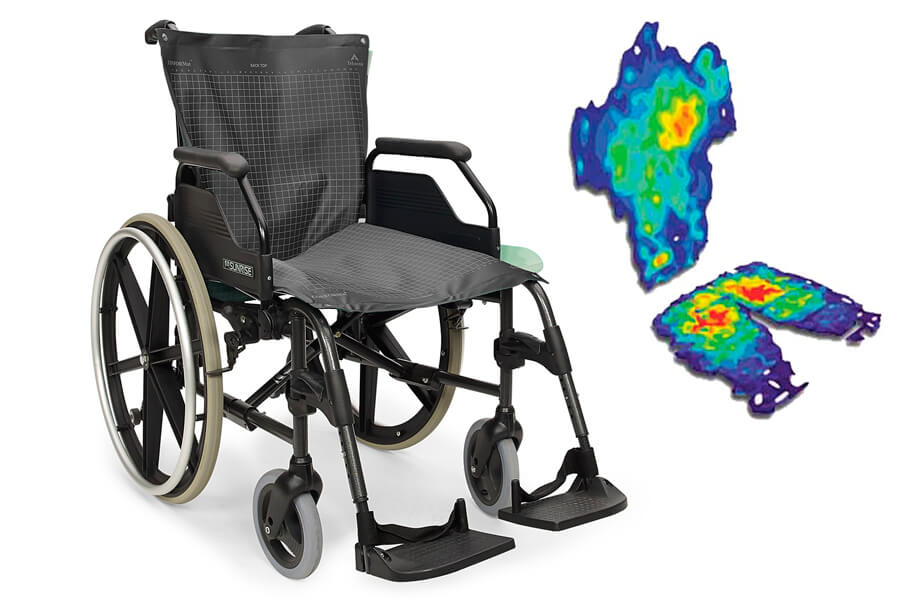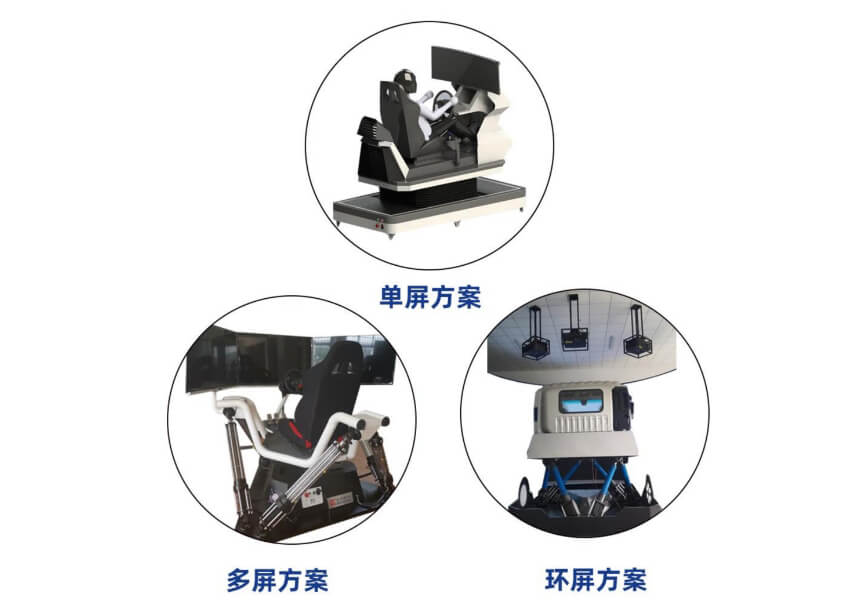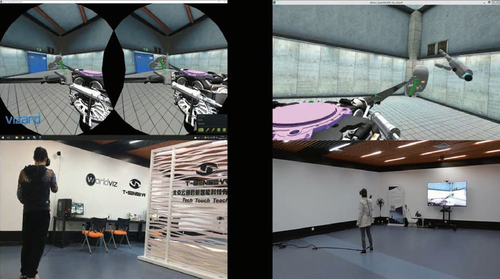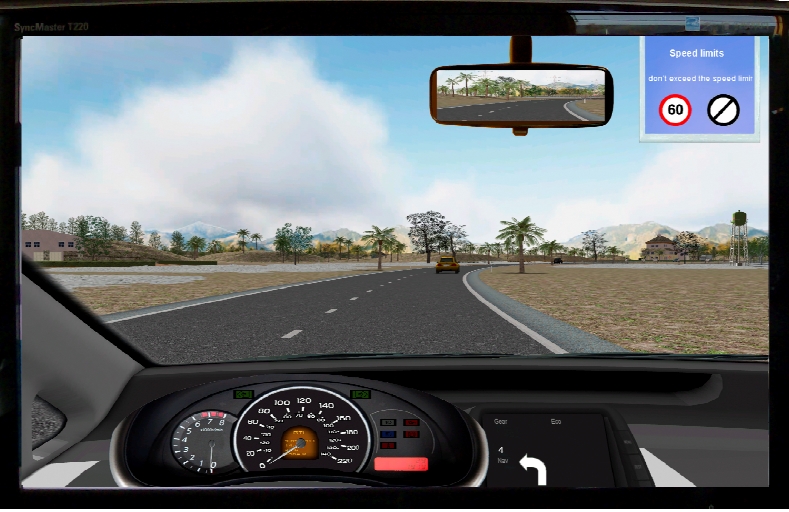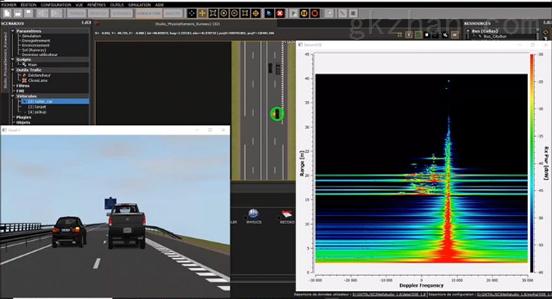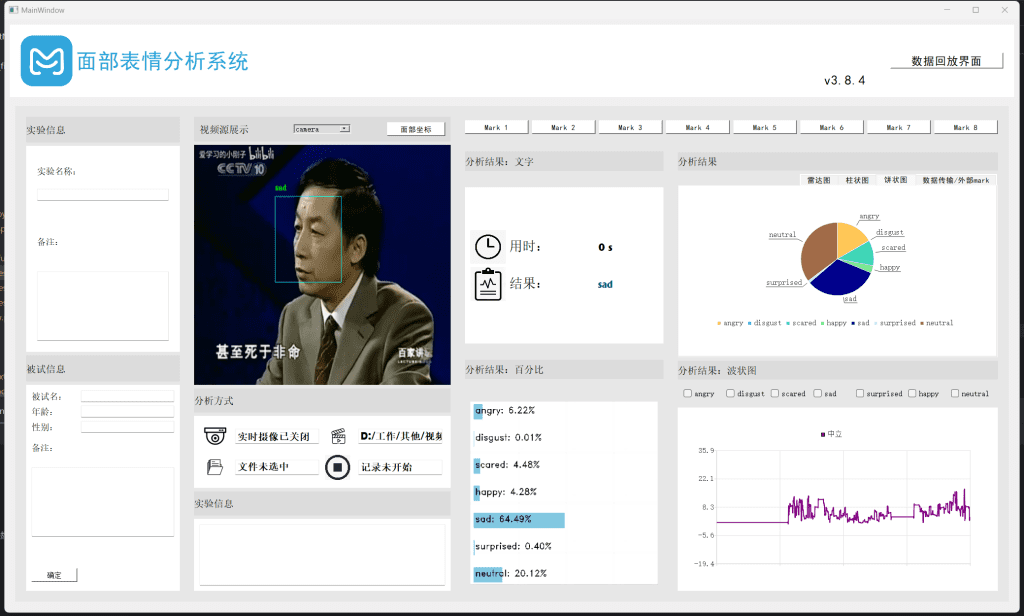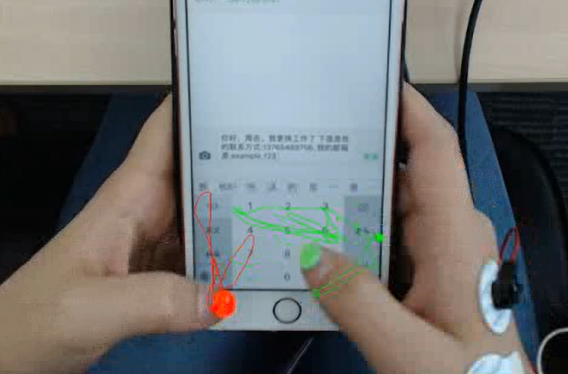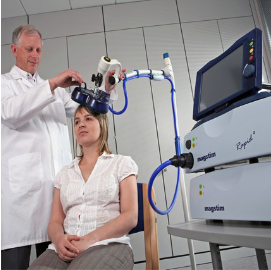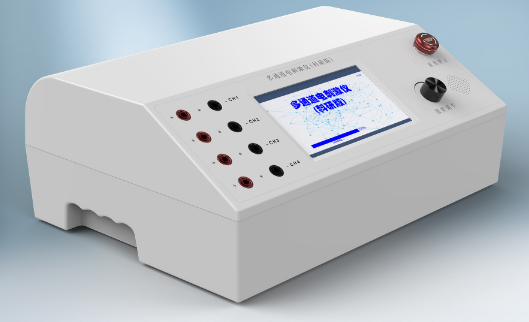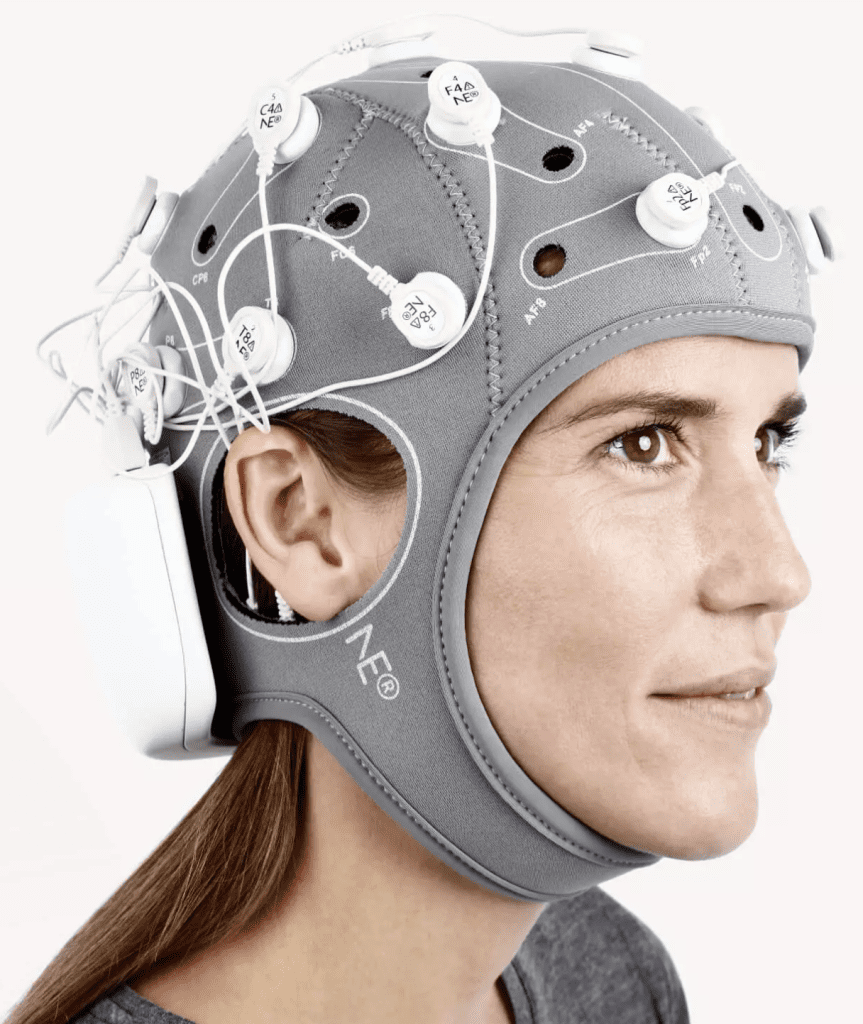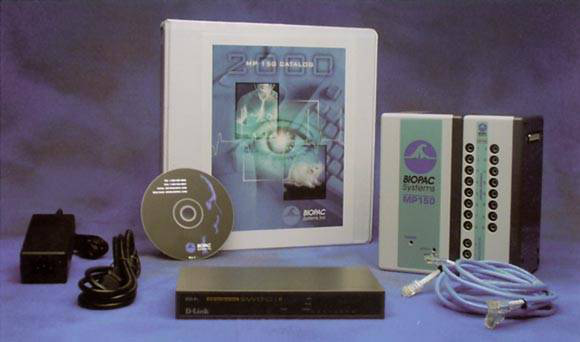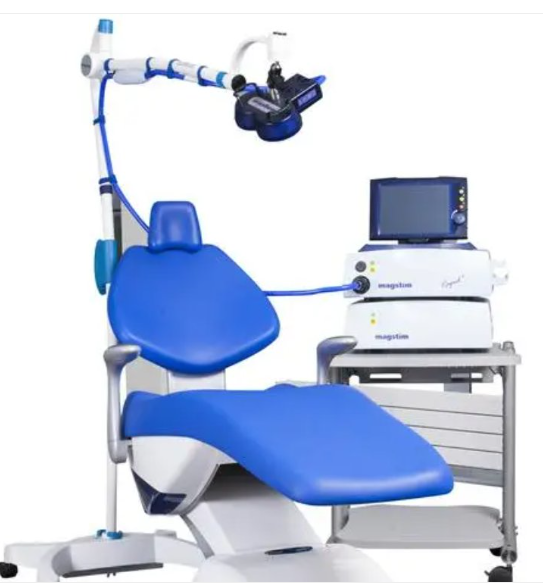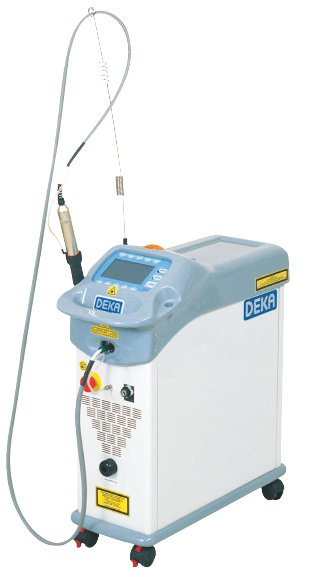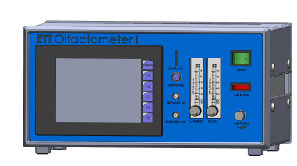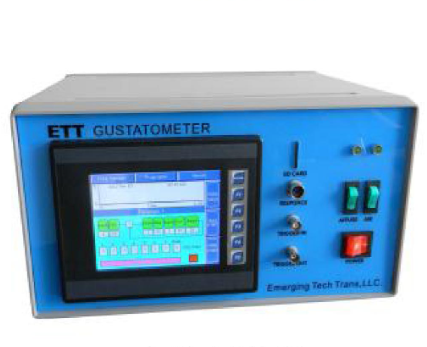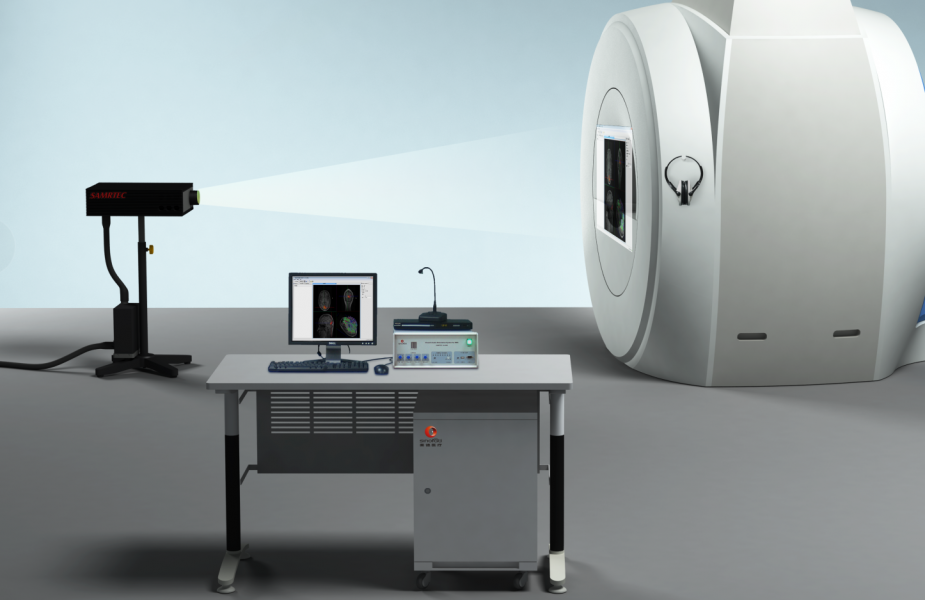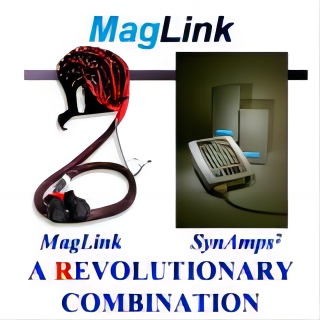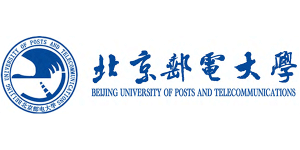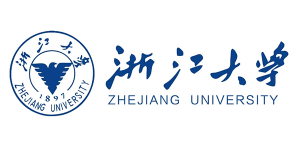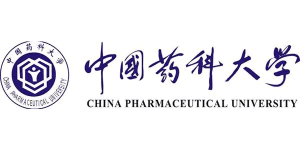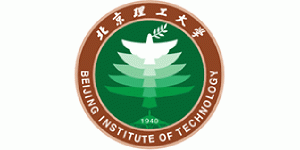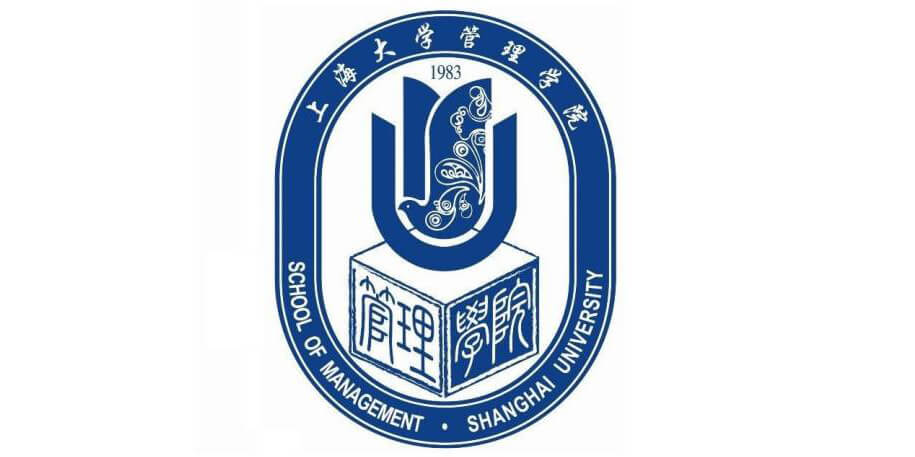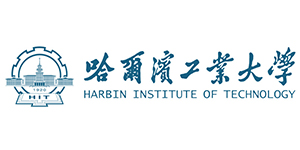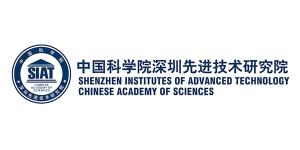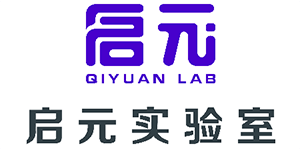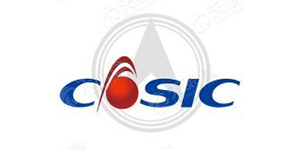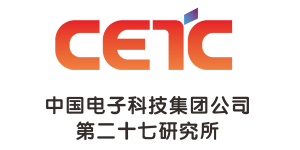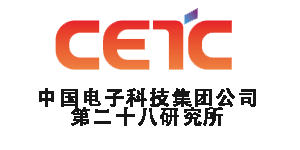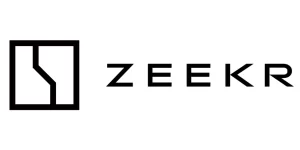Engineering design: cognitive mechanisms for interdisciplinary group decision-making
This study addresses the lack of cognitive mechanisms for interdisciplinary group decision-making in engineering design, and employs eye-tracking technology and structural equation modeling (PLS-SEM) to quantitatively analyze the effects of visual attention allocation on group decision-making performance, and to provide a theoretical basis at the cognitive level for optimizing engineering group decision-making.
Engineering product design relies on interdisciplinary group decision-making, but its complexity is affected by multiple factors, and traditional behavioral studies lack quantitative analysis of cognitive processes. Eye-tracking technology can capture attention allocation in real time, but its application in engineering decision-making is still in its infancy, especially the lack of systematic research on the correlation between cognitive synchronization and decision-making performance at the group level.
01. identify causal relationships between interdisciplinary technology-focused visual attention metrics (gaze duration, frequency, trajectory consistency) and group decision quality, satisfaction, and acceptability;
02. constructing a predictive model of group decision-making performance based on eye movement data;
03.Validating the path of attention allocation on the efficiency of interdisciplinary decision making through a cruise ship cabin design case study.
✦✦Theoretical level: To fill the gap of quantitative research on cognitive factors in interdisciplinary group decision-making, and to establish a neurobehavioral correlation model of "attention allocation-decision-making performance";
✦✦Practical level: to provide technical paths for optimizing the layout of decision-making materials and enhancing the efficiency of interdisciplinary collaboration in engineering design, and to promote the application of eye-tracking technology in real-time decision support systems.
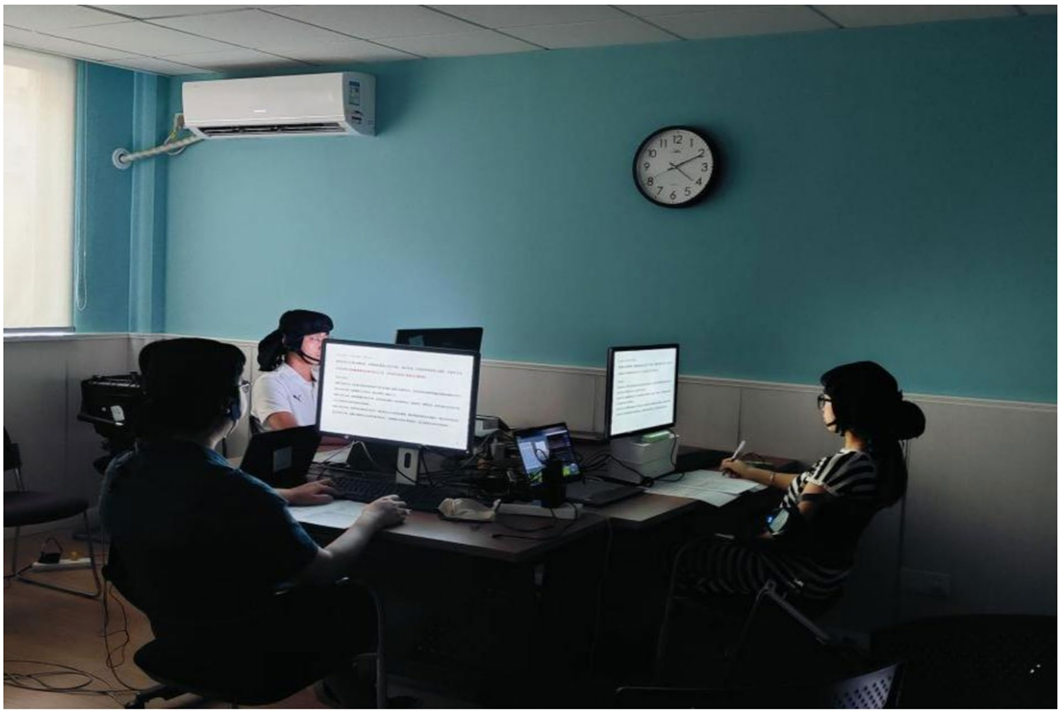

Experimental design:
✦✦Participants: 72 interdisciplinary participants (with backgrounds in structural engineering, aesthetic design, and environmental engineering) from Shanghai Jiao Tong University and shipbuilding companies, divided into 24 groups (3 people per group).
✦✦Task Flow:
▪Individual decision-making phase: evaluation of 3 cruise ship cabin design options (A/B/C) based on single-discipline knowledge;
▪Group decision-making phase: interdisciplinary discussion and consensus, using a Multi-Attribute Decision-Making Task (MADM) combined with the Think-Aloud Protocol to capture cognitive processes.
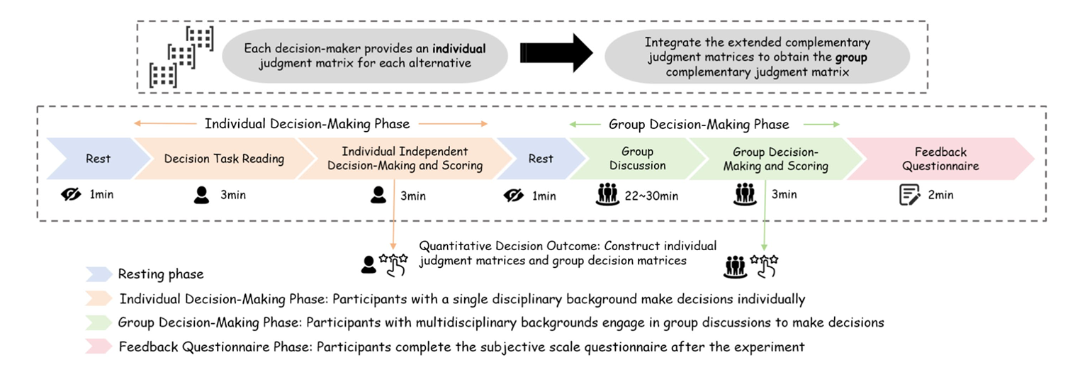


Experimental flow chart
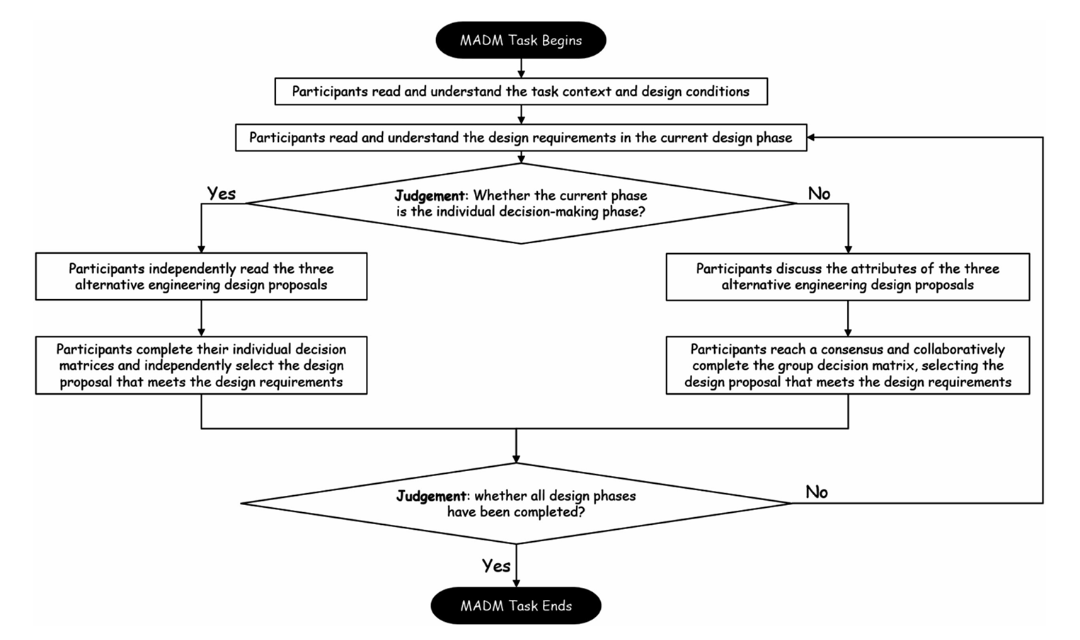


eye movement measurement: The
✦✦Equipment: Eye-Logic eye-tracker (60 Hz sampling frequency), recording gaze duration, number of gazes, thermograms, and trajectory consistency, and area of interest (AOI) segmentation into interdisciplinary technical focus (HCN), single-disciplinary technical focus (SE/AD/EE), and drawing area (DWG).
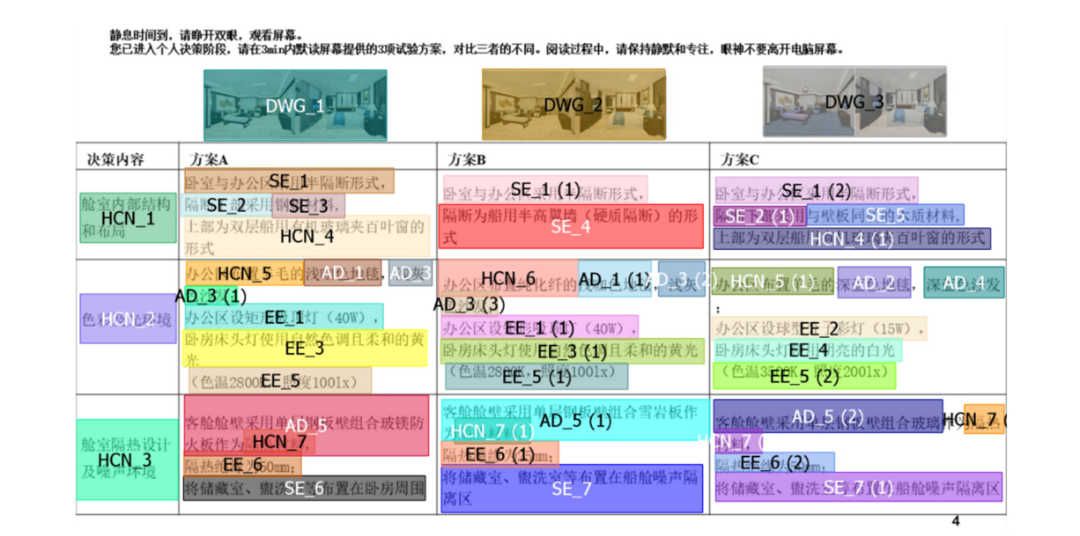


data analysis: The
✦✦A PLS-SEM model was used to validate the direct/indirect effects between the variables, with the independent variables being group mean gaze duration (X₁), number of gazes (X₂), and trajectory similarity (X₃/X₄), and the dependent variables being quality of decision making (Y₁), consensus (Y₂), efficiency (Y₃), satisfaction (Y₄), acceptability (Y ₅).
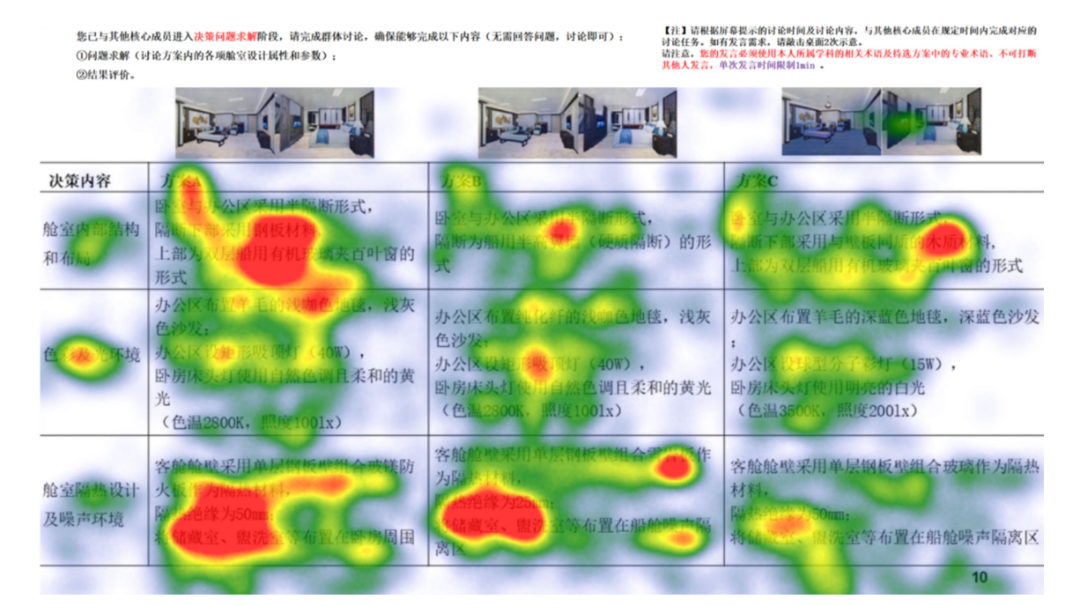


Attention allocation characteristics:
✦✦The interdisciplinary technology focus (HCN) had the highest length (23.761 TP4T) and number (25.151 TP4T) of gaze, and the drawing area (DWG) had a high variance in gaze (CV=0.966), suggesting that the group was more focused and consistent in their attention to the textual information.
Decision Performance Influence Pathways:
✦✦Direct effect: group mean gaze duration (X₁) → number of gazes (X₂) → satisfaction (Y₄, β = 0.849, p
✦✦Indirect effect: gaze duration and frequency indirectly affect efficiency (Y₁) through decision quality (Y₃), β = 0.871, p
✦✦Negative effect: excessive focus on the drawing area (DWG) reduces decision-making efficiency (β = -0.456, p
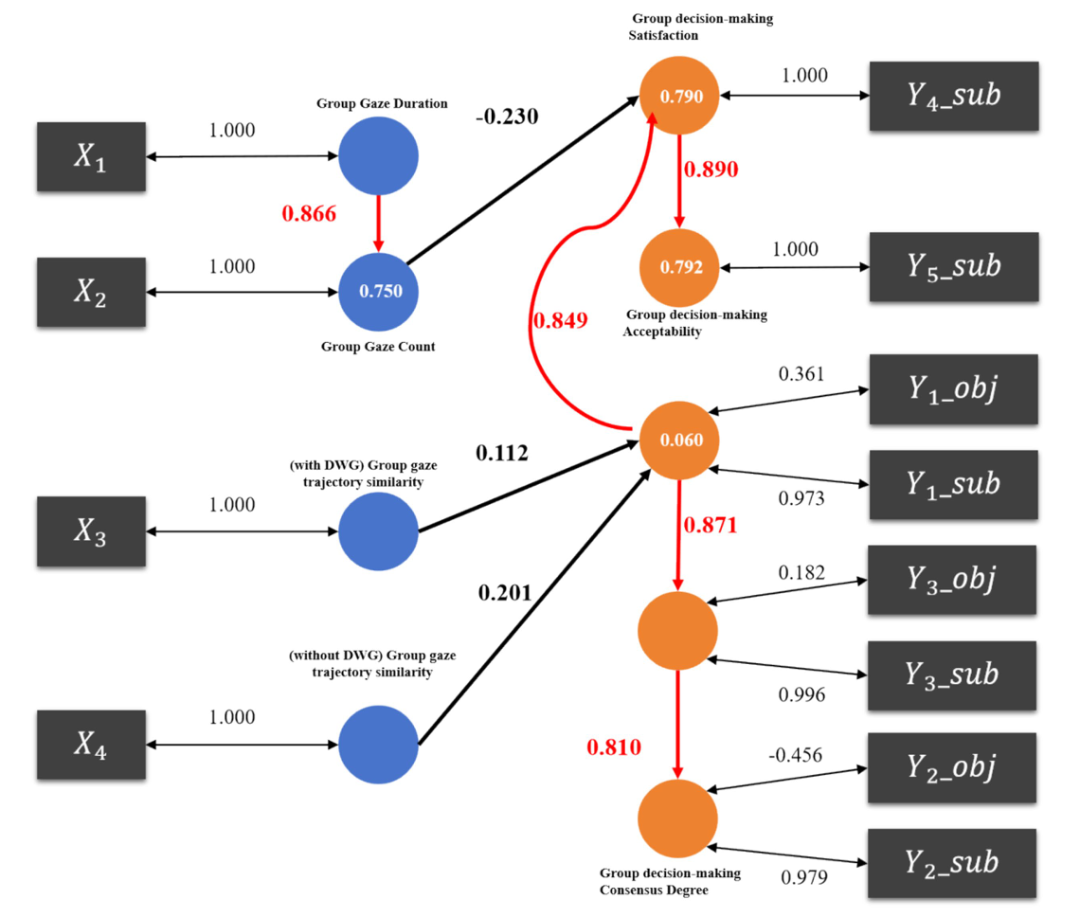


PLS model analysis results
Disciplinary differences:
✦✦Structural engineering participants focused on functional parameters (e.g., partition materials), aesthetic design focused on color palettes, and environmental engineering focused on comfort metrics, but interdisciplinary discussions enhanced consensus (weighted mean 4.953).
Core mechanisms: The
✦✦Visual attention allocation affects group performance through the pathway of "deep information processing → cognitive synchronization → decision consensus", and the duration and number of cross-disciplinary technical focal points are key predictors.
Practice Recommendations: The
✦✦Optimize decision-making materials: highlight interdisciplinary technical focus through bolding and color annotation to reduce the distraction of abstract information in drawings;
✦✦Intensive cognitive training: interdisciplinary terminology inter-training to improve the ability to allocate attention to a heterodisciplinary focus;
✦✦Process design: using a multi-round discussion mechanism to balance single-disciplinary perspectives with group consensus.
Limitations and Prospects:
✦✦The sample size is small and limited to static decision-making scenarios, and the effect of population neural synchronization on decision-making needs to be explored in the future in combination with dynamic tasks and hyperscanning techniques.
Company Profile
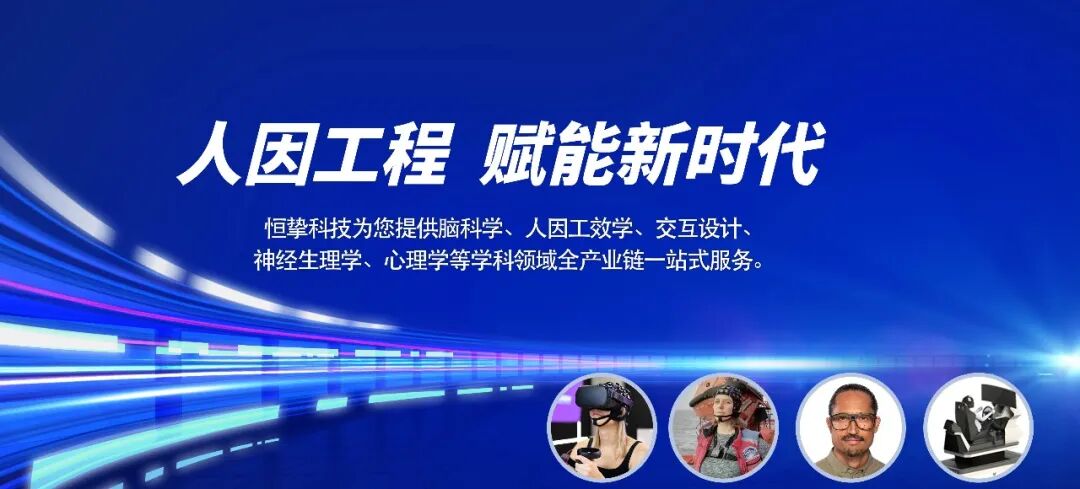


Beijing 恒挚 Technology Co., Ltd ("恒挚 Technology") is an innovative high-tech enterprise focusing on cutting-edge technology, specializing in brain science, neural management, human factors engineering, biomechanics, anthropomorphic environments, and XR simulation of reality and other multidisciplinary cross-cutting fields. 恒挚 Technology relies on the scientific research strength of the Guangdong Institute of Human Factors Technology and the Wuhan Institute of Human Factors Engineering Technology to build a specialized operation system integrating R&D, production, sales and technical services. Relying on the scientific research strength of Guangdong Institute of Human Factors Technology and Wuhan Institute of Human Factors Engineering and Technology, 恒挚 Technology has built a professional operation system integrating research and development, production, sales and technical service to provide customers with one-stop, high-quality technology solutions.
With excellent innovation ability, Hengbest Technology has been awarded many invention patents, software copyrights and registered trademarks, selected in many authoritative lists such as National High-tech Enterprises, and participated in the compilation of national standards and group standards. The company has been serving universities and research institutes for a long time, and has cooperated deeply with many national societies such as the Chinese Society of Ergonomics, the Chinese Psychological Society, the Architectural Society of China, etc. The company organizes and participates in more than 40 academic conferences every year to promote technical exchanges and the development of the industry.
恒挚 Technology upholds the concept of "doing our part for the cause of scientific research", and is committed to becoming a leading scientific research-supporting science and technology enterprise, contributing to the progress of national science and technology and social development, and joining hands with partners from all walks of life to achieve a better future empowered by science and technology.
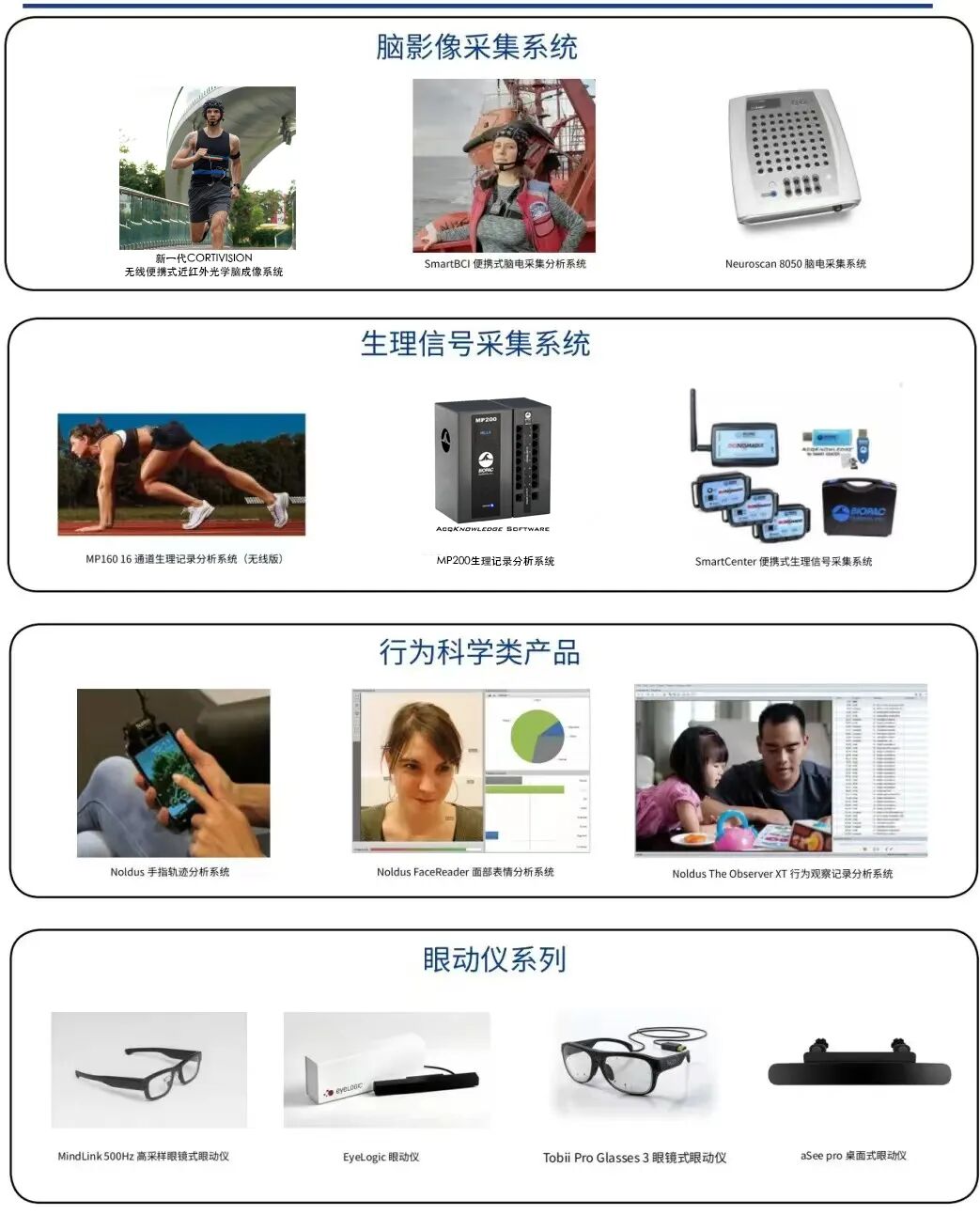


Scan the code to follow us





